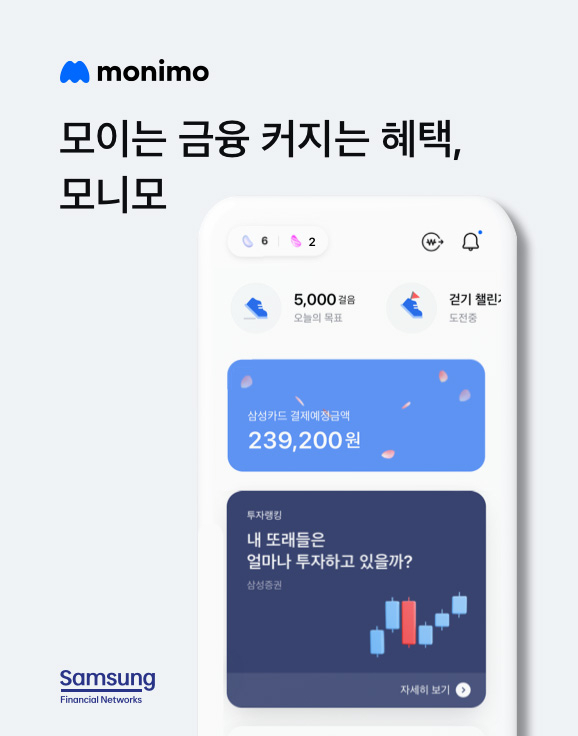
3-30 #BestInnovation : Intel has announced its new AI PC Developer Program; China Mobile has announced the commercial launch of 5G-Advanced; Apple and Tencent are reportedly to become partners; etc.

Qualcomm has announced S3 Gen 3 and S5 Gen 3 Sound platforms. The Qualcomm S3 Gen 3 Sound platform offers an unprecedented level of customization and flexibility to OEMs, via support for a wide range of 3rd party feature enhancements available from the Qualcomm Voice and Music Extension Program1. Additionally, the platform brings audiophile sound quality to a broader range of listeners thanks to support for Snapdragon Sound and 24-bit 48kHz lossless music streaming. The Qualcomm S5 Gen 3 Sound Platform leverages a new standard architecture based on the Qualcomm S7 Sound Platform, which will allow developers to create with more ease. It also provides 50 times more AI power than its predecessor 2 and will enable responsive and seamless audio experiences thanks to AI enhanced ANC and voice processing while maintaining performance at ultra-low power consumption. (Android Headlines, Qualcomm)
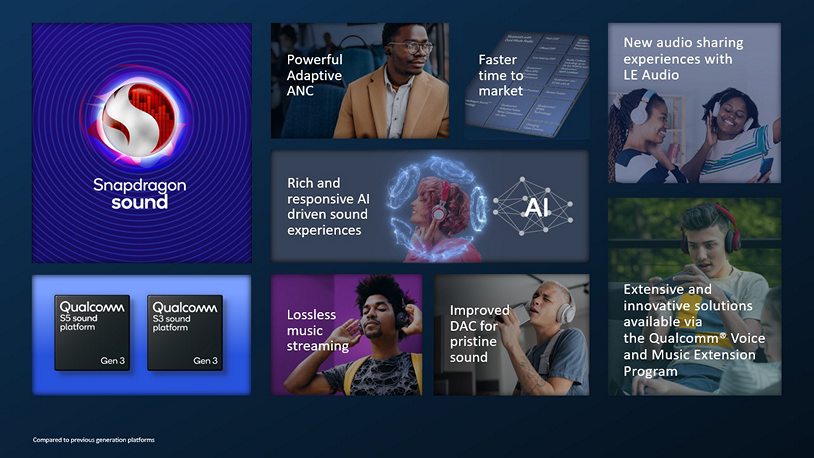
According to Haitong International Securities analyst Jeff Pu, Apple’s next-generation A18 Pro chip for iPhone 16 Pro models will feature a larger die size for boosted artificial intelligence (AI) performance. He has further added that the A18 Pro chip will be equipped with a 6-core GPU, which would be equal to the A17 Pro chip in iPhone 15 Pro models. iOS 18 is rumored to include new generative AI features for a range of iPhone features and apps, including Siri, Spotlight, Apple Music, Health, Messages, Numbers, Pages, Keynote, Shortcuts, and more. Apple has reportedly considered partnering with companies such as Google, OpenAI, and Baidu for at least some of these features. (GSM Arena, 9to5Mac, MacRumors)
TECHCET is forecasting a rebound in the global semiconductor materials market this year. After experiencing a YoY decline of 6% in 2023 due to a sluggish overall semiconductor industry environment, 2024 is poised to add nearly 7% as conditions turn favorable. TECHCET anticipates revenue growth in the semiconductor materials sector throughout a 5-year period, with annual sales in 2028 forecasted to exceed USD88B. The semiconductor materials industry in 2023 faced instabilities as demand for consumer-based end products decayed, while trends in increasing semiconductor value content in the automotive sector remained strong. (TECHCET, Semiconductor Digest, CN Beta)
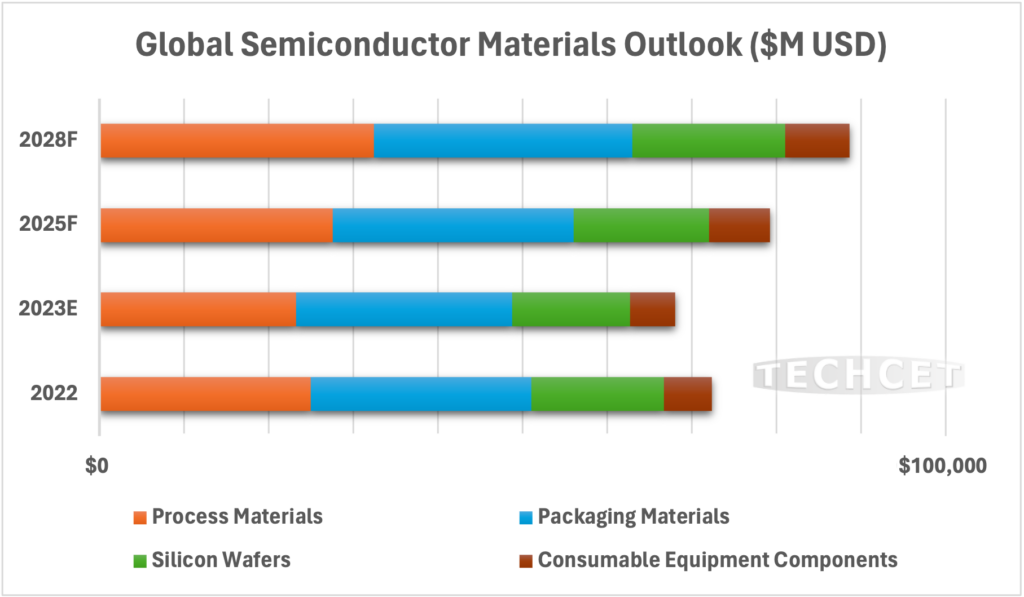
Intel has announced its new AI PC Developer Program that’s designed to offer assistance to smaller software makers who want to integrate AI features that will run well on AI-based Intel chips. Intel says this new program is specifically for smaller and medium sized PC app developer companies. They can now access tools and Core Ultra-based hardware development kits, along with workflows and AI-deployment frameworks. In addition to the new AI PC Developer Program, Intel stated that independent hardware vendors can now sign up for the older AI PC Acceleration Program, which got started in Oct 2023. (Liliputing, Neowin, Intel, The Verge)
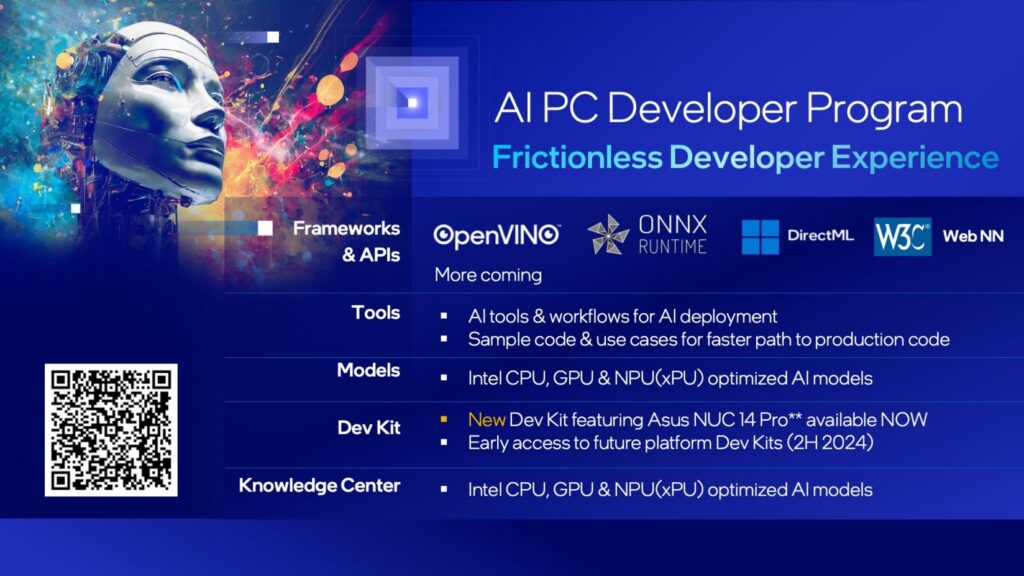
Samsung’s first in-house AI accelerator chip will be called Mach-1, and it will be launched in 2025. Kye Hyun Kyung, CEO of Samsung Semiconductor, has announced that the company is developing its own AI accelerator chip. The technical verification of the chip has already been completed through FPGA, and the SoC design is in progress. The chip will go into production by the end of 2024, and an AI system using the chip will be available early 2025. Mach-1 is tailor-made for AI inferencing. Currently, the problem with AI inferencing is that there is a bottleneck between the data transfer between the GPU, the CPU, and the memory. Mach-1 is expected to have an unprecedented structure that can reduce the data transfer speed bottleneck to 1/8th of current levels. In addition, it will be a lightweight AI chip that can use LPDDR memory and not depend only on HBM. (GizChina, SamMobile, SEDaily, IT Home)
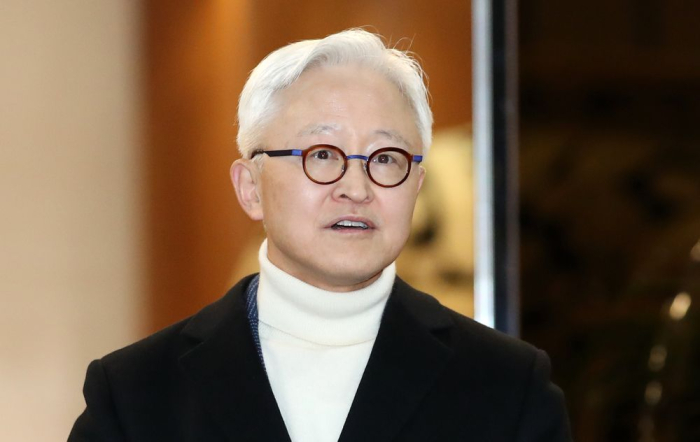

The plans for a release of foldable iPhone in 4Q26 has allegedly been pushed back to the 1Q27 by Apple. It was a decision made after making “full preparations” for manufacturing, including establishing the supply and demand of foldable displays. (Apple Insider, Alpha Biz, CN Beta)
BOE has reportedly become the most likely supplier of displays for Apple’s iPhone SE 4, with estimate of 15M units shipment. The change is due to long-time Apple display partner Samsung Display exiting talks over the part. Apple supposedly floated a price per display of USD25, cheaper than Samsung’s previous offer of USD30 per display panel. With Samsung allegedly disinterested in producing iPhone SE 4 screens from the start due to potentially low margins, the price negotiations were seemingly the last straw in its work on the model. (Apple Insider, IT Home)
Samsung Display Executive Director Jung Seok-woo has announced plans to expedite the production of RGB-based micro OLEDs. During his presentation on the Development Strategy for AR/VR in Future Displays, Jung emphasized the collaboration with ai hub to prepare for the mass production of micro OLEDs. They are working closely with ai hub, a specialist company in RGB micro OLEDs that they acquired last year, to launch their products to the market as soon as possible.. The RGB method shows technological advancements over the white OLED (W-OLED) method currently used by Sony. It is more suited for extended reality (XR) devices like Apple’s Vision Pro. As Apple and Samsung Electronics are developing XR devices utilizing OLEDoS technology, Samsung Display is expected to actively employ ai hub’s expertise in equipping XR devices with RGB micro OLEDs. (CN Beta, Business Korea, TechNews)


Micron Technology has officially broken ground on its new packaging and testing plant in Xi’an, China. With construction officially started the US manufacturer is looking to start production at the new site in 2H25, and increasing it based on market demand. Following the completion of the new factory, the total area of Micron’s Xi’an factory will exceed 132,000 square meters. Back in Jun 2023, Micron announced an investment of CNY4.3B (USD595M) in Xi’an, which includes the construction of a new factory, the introduction of new production lines, and the manufacturing of a wider range of product solutions, including but not limited to mobile DRAM, NAND and SSDs. (CN Beta, Caixing Global, Global Times, Evertiq)
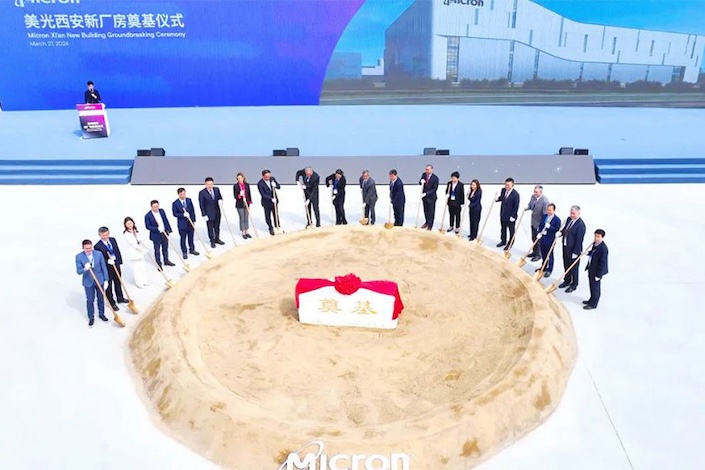
Samsung lists two GDDR7 devices on its website: 16 Gbit chips rated for an up to 28 GT/s data transfer rate and a faster version running at up to 32 GT/s data transfer rate (which is in line with initial parts that Samsung announced in mid-2023). The chips feature a 512M x32 organization and come in a 266-pin FBGA packaging. The chips are already sampling, so Samsung’s customers – GPU vendors, AI inference vendors, network product vendors, and the like – should already have GDDR7 chips in their labs. The GDDR7 specification promises the maximum per-chip capacity of 64 Gbit (8 GB) and data transfer rates of 48 GT/s. Meanwhile, first generation GDDR7 chips (as announced so far) will feature a rather moderate capacity of 16 Gbit (2 GB) and a data transfer rate of up to 32 GT/s. (CN Beta, AnandTech, TechRadar, SamMobile)
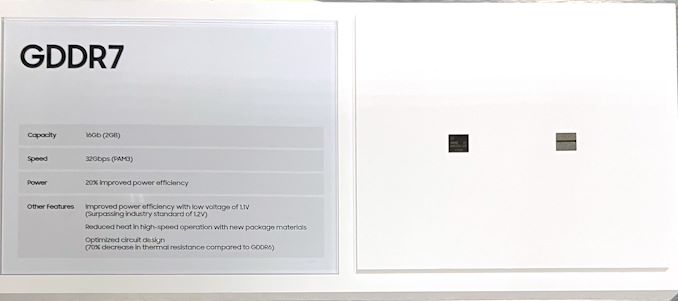
Samsung will have 3 variants of the Galaxy Watch 7, one higher than usual. Samsung is also upgrading the storage on its upcoming smartwatch, doubling it from 16GB on the Galaxy Watch 6 to 32GB on the Galaxy Watch 7. Samsung is changing the whole model number scheme with the Galaxy Watch 7. The first variant has two model numbers: SM-L300 and SM-L305. The next variant’s model numbers are SM-L310 and SM-L315, while the highest-end variant of the Galaxy Watch 7 comes with model numbers SM-L700 and SM-L705. The model numbers ending with the number 5 might be the ones with cellular connectivity and eSIM.(SamMobile, Android Central)
Samsung Electronics may soon become the sole supplier of 12-layer HBM products for Nvidia. Samsung outpaces its competitors in developing 12-layer HBM3E and is poised to become Nvidia’s exclusive supplier as early as Sept 2024. In late Feb 2024, Micron announced the commencement of mass production for its 8-layer HBM3E, and Samsung also unveiled its achievement of successfully developing 36GB 12-layer HBM3E products. Samsung highlighted that its 12-layer HBM3E boasts a higher layer count while maintaining the same height as the 8-layer HBM3E. With a maximum bandwidth of 1,280GB/s, the 12-layer HBM3E offers performance and capacity exceeding 50% compared to the 8-layer HBM3. Samsung is expected to start volume production of the 12-layer HBM3E later in 2024. (CN Beta, Asia Nikkei, Digitimes)
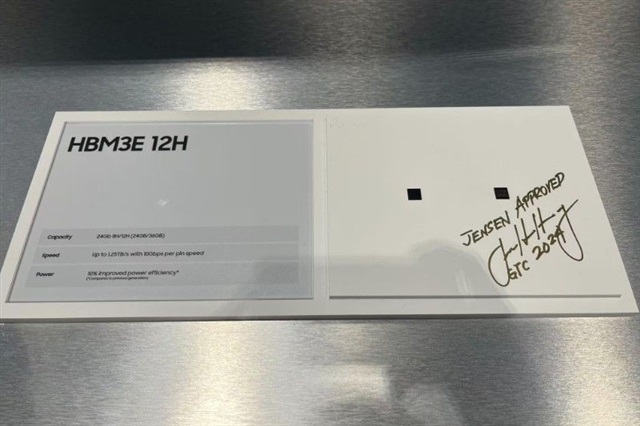
Micron has demonstrated its massive 256 GB MCR DIMM memory modules. These modules are designed for next-generation servers, including those running Intel’s Xeon Scalable ‘Granite Rapids’ processors. Micron has demonstrated one ‘tall’ 256 GB DDR5-8800 MCRDIMM but also plans to offer MCRDIMMs of standard height for applications like 1U servers. Micron also plans to offer MCRDIMMs of standard height for applications like 1U servers. Both 256 GB MCRDIMMs are based on monolithic 32 Gb DDR5 ICs, but the tall one places 80 DRAM chips on both sides of the module, whereas the standard one uses 2Hi stacked packages, which means that they run slightly hotter due to less space for thermal dissipation. (CN Beta, AnandTech, Tom’s Hardware)


Samsung is revamping its device protection program “Samsung Care Plus” to offer subscribers unlimited battery repairs starting in May 2024. Samsung Care Plus is a device protection program offering various plans to safeguard Galaxy phone or tablet. New Galaxy buyers can sign up for the Care Plus program within 60 days of purchasing an eligible device. It goes beyond the standard manufacturer’s warranty, providing unlimited repairs for drops, spills, and mechanical breakdowns, including USD29 display repairs and even theft coverage (depending on the plan). Plans for Samsung Care Plus range from around USD10/month to up to USD18/month for 36 months. (CN Beta, Android Authority, Samsung)

Samsung’s new Device Care update (13.8.6.11) has reintroduced the ‘since last charge’ screen. Here, users are given insights into how much time the screen has been on, what apps have been used, and an estimate of how long their battery will last before it needs charging again. It appears that while Samsung has reintroduced the ‘since last charge’ metric, it has decided to keep the ‘Today’ section, which tells users how much battery has been consumed on that particular day. Users can decide which way of monitoring battery consumption will be most useful to them. (Android Central, Twitter)
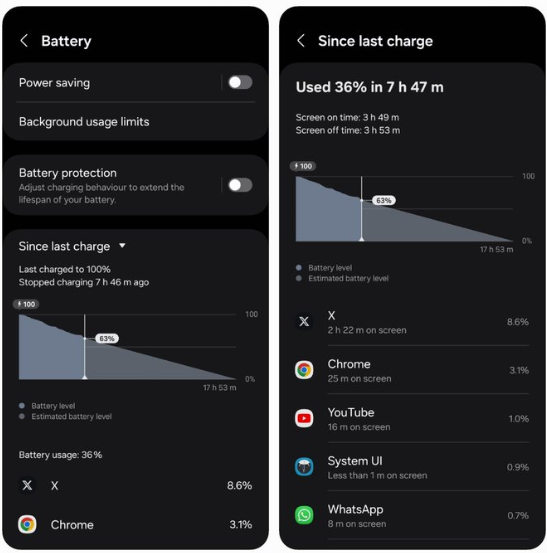
A hydrogen fuel-cell passenger train developed by Swiss rail vehicle maker Stadler Rail has achieved a new Guinness World Record, traveling for almost two days around the clock for a distance of 1,741.7 miles (2,803 km). Efforts to clean up dirty trains are already well underway, with heavy investment in electrifying networks around the world as well as rolling out battery-electric locomotives such as the FLXDrive, the Blues train and the Flirt Akku. (CN Beta, New Atlas, Railway Technology)

Apple has recently secured a patent titled “Battery charging system and mobile and accessory devices” related to charging systems. This patent allows devices to adopt a modular design with detachable batteries, enhancing their flexibility to adapt to various usage scenarios. These removable batteries include different models such as A, B, C, D, etc., with the battery core part utilizing standardized charging battery technology. It is worth mentioning that in this new patent, Apple particularly emphasizes the wireless communication system function between the battery and the charging station or host, which can monitor and display the battery status in real-time and enable wireless charging. (CN Beta, Apple Insider, USPTO, Unwire.hk, AIGC-Revolution)
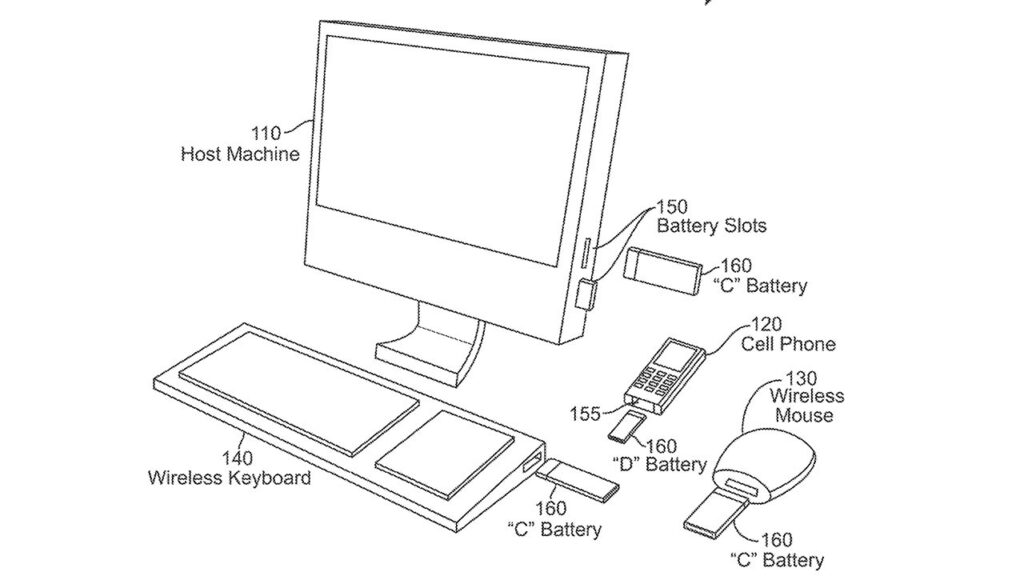

China Mobile has announced the commercial launch of 5G-Advanced (5.5G or 5G-A). The 5G-Advanced network promises to be 300% faster, hitting speeds of up to 10Gbps down and 1Gbps up. 5G-Advanced is a marketing name for 3GPP Release 18. This includes “non-terrestrial networks”, i.e. using satellites as network cells. China Mobile plans to roll out the new network to cover over 300 cities by the end of 2024. The first 100 will include the massive metropolitan areas of Beijing, Shanghai and Guangzhou. China Mobile plans to promote the industry chain to launch more than 20 5G-A devices in 2024. (GizChina, GSM Arena, My Drivers, Yicai, Sina)
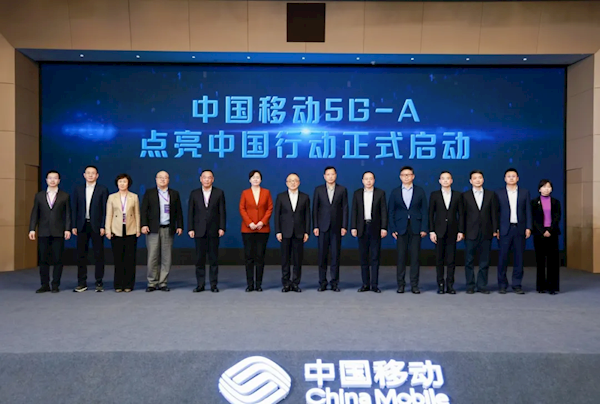
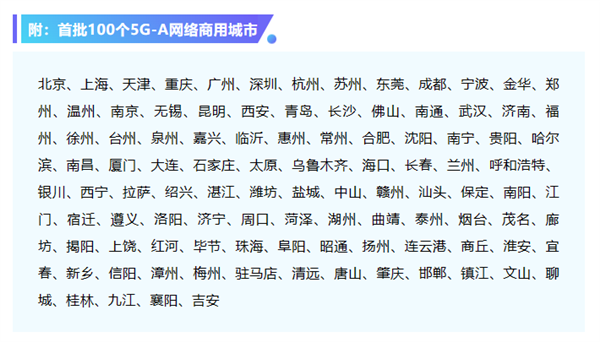

A federal jury in Texas’ Western District Court has ruled that Asustek had infringed on two patents owned by ACQIS LLC., a U.S.-based technology licensing company. The technology in the two patents — No. 9,529,768 and No. 8,756,359 — was used by Asustek and its subsidiary to build notebook computers, desktop computers, servers and motherboards, the jury ruled, issuing an order for Asustek to pay ACQIS Technology USD18M in compensation. Asustek has said that it will appeal a ruling by a United States court in a patent infringement case. (CN Beta, Bloomberg, Foucs Taiwan)

The U.S. Patent and Trademark Office has officially granted Apple a patent that relates to systems and methods of detecting skin-to-skin contact, and more particularly, to detecting contact between two hands or between two fingers for input in VR/AR environments and Macs. The patent focuses on the use of gestures to navigate the features of the “Apple Ring”. The patent explains how the Apple Ring can detect the relationship between a finger (or fingers wearing multiple rings) and other parts of the body in order to understand gestures being used by the Apple Ring wearer. The patent shows how the smart ring can respond to pinching, sliding, and snapping fingers. The Apple Ring wearer can use a finger to draw in the palm of another hand while wearing an Apple Watch which suggests that an Apple Ring can be used to run Apple’s smartwatch. (GizChina, IT Home, Phone Arena, Patently Apple)


Apple and Tencent are reportedly to become partners, with Tencent bringing its apps to the Vision Pro and help Apple with the launch of the VR headset in China. Apple CEO Tim Cook has already confirmed that the Apple Vision Pro will be heading to China later in 2024. (Apple Insider, The Information, XR Today, Phone Arena)
Meta will reportedly bring AI to its Ray-Ban smart glasses starting Apr 2024. The multimodal AI features, which can perform translation, along with object, animal, and monument identification, have been in early access since Dec 2023. Users can activate the glasses’ smart assistant by saying “Hey Meta”, and then saying a prompt or asking a question. It will then respond through the speakers built into the frames. (Android Headlines, The Verge, NYT)

Sony has reportedly paused production of its PSVR2 headset until it clears a backlog of unsold unit. PSVR2 shipments have declined every quarter since its debut, according to IDC, which tracks deliveries to retailers rather than consumers. The surplus of assembled devices is throughout Sony’s supply chain. Sony has produced well over 2M units of the product launched in Feb 2023. IDC’s Francisco Jeronimo sees a recovery for the product category in coming years with the help of Apple’s entry. IDC forecasts the VR market to grow on average 31.5% per year between 2023 and 2028. (Bloomberg, Neowin)
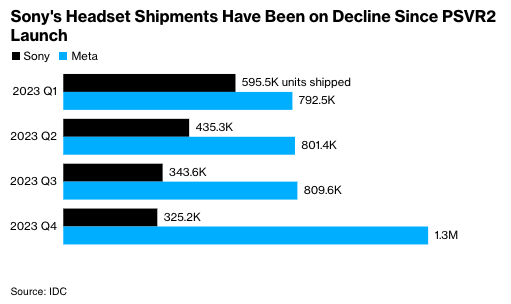

The Open Source Robotics Foundation (OSRF) has launched a new initiative to strengthen and support the governance of open-source robotics software projects. OSRF said the Open Source Robotics Alliance (OSRA) will also ensure the health of the Robot Operating System (ROS) community for years to come. Nvidia, Intrinsic, and Qualcomm join nine other inaugural members, including Clearpath Robotics, PickNik and Silicon Valley Robotics. Incoming members include Bosch and ROS-Industrial, with several others expected to be announced soon. (TechCrunch, Robohub, IoT World Today)
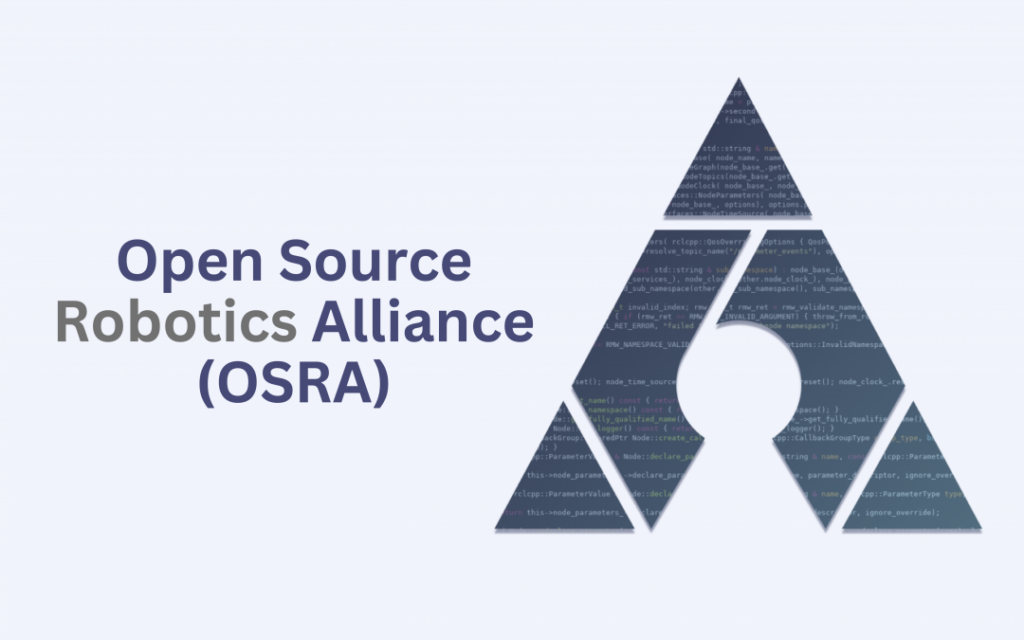
NVIDIA has announced Project GR00T, a general-purpose foundation model for humanoid robots, designed to further its work driving breakthroughs in robotics and embodied AI. Robots powered by GR00T, which stands for Generalist Robot 00 Technology, will be designed to understand natural language and emulate movements by observing human actions — quickly learning coordination, dexterity and other skills in order to navigate, adapt and interact with the real world. The SoC includes a next-generation GPU based on the NVIDIA Blackwell architecture with a transformer engine delivering 800 teraflops of 8-bit floating point AI performance to run multimodal generative AI models like GR00T. With an integrated functional safety processor, a high-performance CPU cluster and 100GB of ethernet bandwidth, it significantly simplifies design and integration efforts. NVIDIA is building a comprehensive AI platform for leading humanoid robot companies such as 1X Technologies, Agility Robotics, Apptronik, Boston Dynamics, Figure AI, Fourier Intelligence, Sanctuary AI, Unitree Robotics and XPENG Robotics, among others. (TechCrunch, Nvidia, IEEE, CNBC, Business Insider)
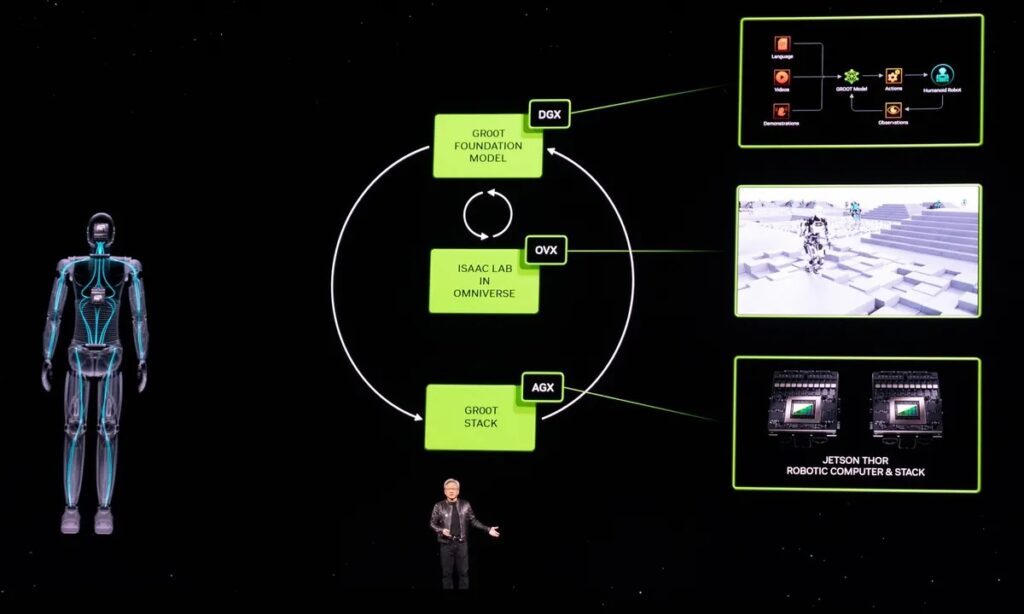

Samsung currently offers a plethora of exclusive apps and services within its devices, including Samsung Health and Samsung Pay. To double down on that, Samsung might also launch a super app for mobile banking in South Korea. A Super app is a single application that offers various services within the app itself. It eliminates the need to install multiple apps. Samsung has sent its proposal to the country’s leading banks, including KB Kookmin, Shinhan, Hana, Woori, and internet-only K Bank AR, to promote the idea of a super app. The app will be based on Samsung’s Monimo, a local mobile app launched in 2022 to offer financial services to South Korean people. (Android Headlines, SamMobile, KED Global)
